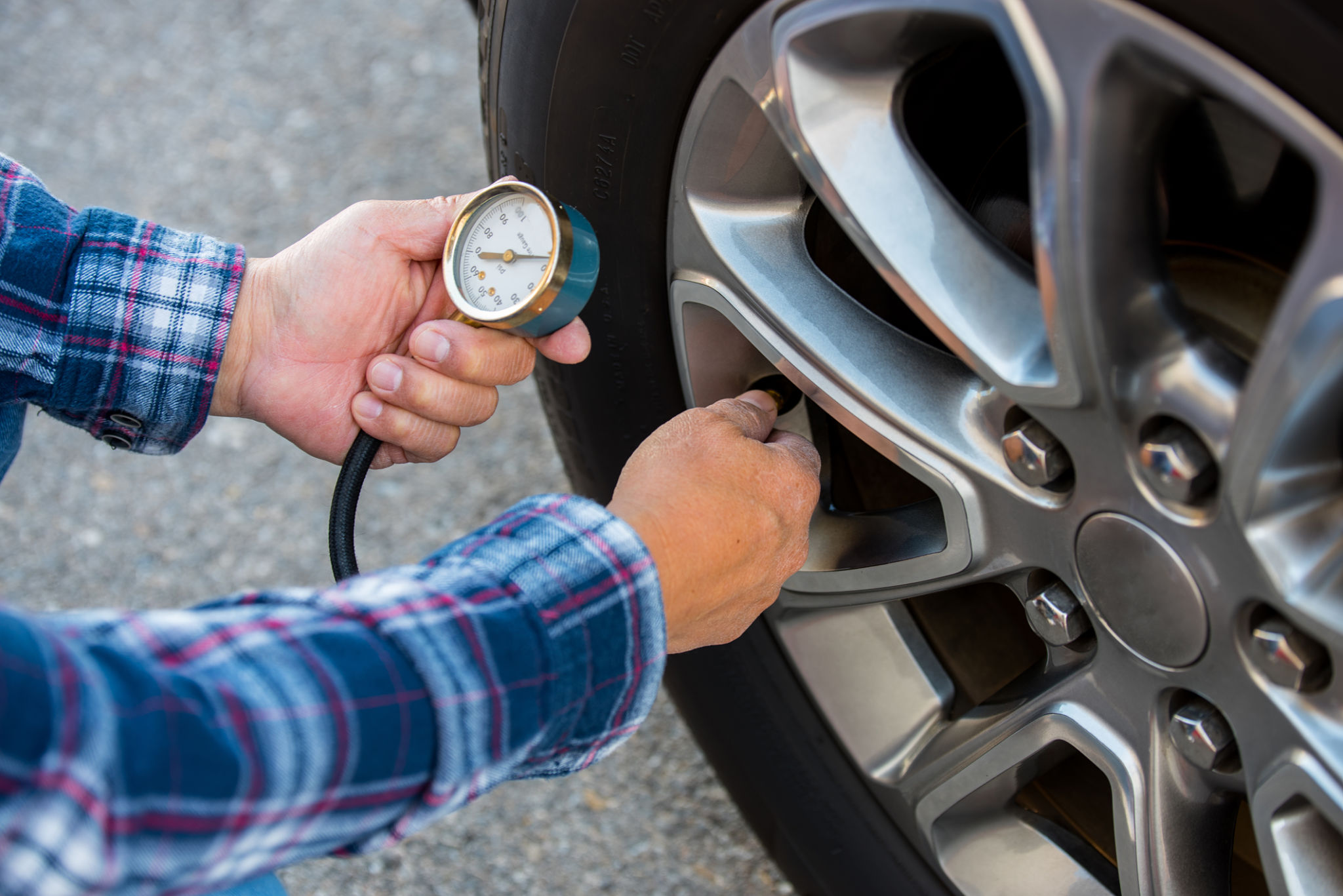DIY: Checking Tire Pressure and Tread Depth for Safe Driving
Understanding Tire Pressure
Maintaining the correct tire pressure is crucial for safe driving. Proper tire inflation ensures optimal contact with the road, improving traction, fuel efficiency, and overall vehicle performance. Under-inflated tires can lead to reduced gas mileage and increased wear, while over-inflated tires may cause a harsh ride and uneven tread wear.
To check your tire pressure, you will need a tire pressure gauge. These can be purchased at most auto parts stores and are relatively inexpensive. It’s important to check tire pressure when the tires are cold, as driving heats up the tires and can give an inaccurate reading.

Steps to Check Tire Pressure
- Remove the valve cap from one of your tires.
- Press the gauge onto the valve stem firmly.
- Read the gauge to see the current pressure.
- Compare this with the recommended pressure, usually found in your vehicle’s manual or on a sticker inside the driver’s door.
- Add or release air as necessary to reach the recommended pressure.
- Repeat for each tire, including the spare.
Assessing Tire Tread Depth
Tire tread depth is another vital aspect of tire maintenance. Adequate tread depth is essential for maintaining traction, especially in wet or slippery conditions. Tires with insufficient tread can lead to longer stopping distances and a higher risk of hydroplaning.
The simplest method to check tread depth is the penny test. This involves placing a penny into the tread grooves with Lincoln’s head facing down. If you can see the top of Lincoln’s head, it’s time to replace your tires because the tread is too shallow.

Using a Tread Depth Gauge
For a more precise measurement, you can use a tread depth gauge. To use this tool:
- Insert the probe into a tread groove.
- Press the base of the gauge against the tire to read the depth.
- Check multiple points around each tire to ensure even wear.
A depth of 2/32 inch or less means it’s time for new tires. For optimal safety, many experts recommend replacing them at 4/32 inch, especially if you frequently drive in wet conditions.

The Importance of Regular Checks
Regularly checking your tire pressure and tread depth is a simple yet effective way to ensure your vehicle remains safe on the road. It helps you identify issues early, such as slow leaks or uneven wear patterns, which could indicate alignment or suspension problems.
By incorporating these checks into your routine vehicle maintenance, you not only enhance safety but also extend the life of your tires and improve fuel efficiency. Remember that seasonal changes can affect tire pressure, so it’s wise to perform these checks more frequently during temperature fluctuations.
Taking these steps towards proper tire maintenance supports safer driving and ensures that your vehicle performs its best under various road conditions. Stay proactive about your tires, and you'll enjoy a smoother, more secure ride every time you hit the road.